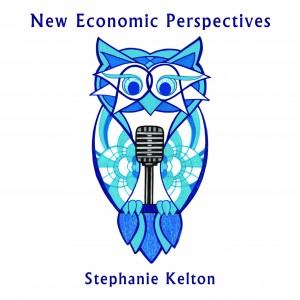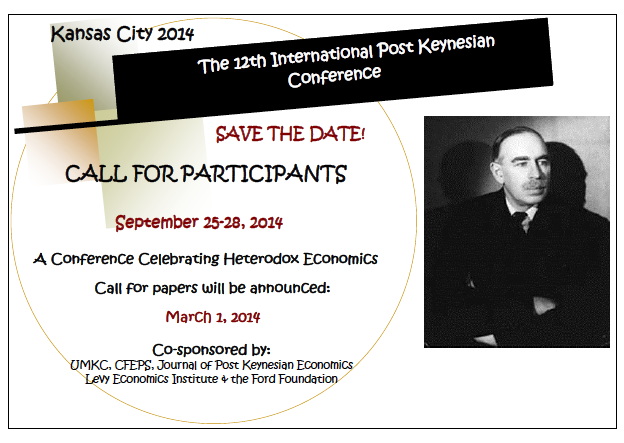I knew my colleague had been in Sacramento this summer, and I knew he was there to testify in a federal case involving mortgage fraud. But I didn’t know the details of the case. I didn’t know the defendants had been the homebuyers or that they were on trial for mortgage fraud. This morning, I learned these details and more in this story from the Sacramento Bee. The whole thing is astonishing, and I doubt anyone but Bill could have helped to persuade a jury that, in spite of all the evidence, the real fraudsters were the elite bankers who looked the other way, even as borrowers falsified loan applications.
The jurors heard shocking testimony from ‘control fraud’ expert William Black that regular people who got loans they were unable to pay back did not (defraud) the banks. The elite bankers commit the fraud while prosecutors look the other way and prosecute the wrong people.”
Go Bill!


 American economist Hyman Minsky died in 1996, but his theories offer one of the most compelling explanations of the 2008 financial crisis. His key idea is simple enough to be a t-shirt slogan: “Stability is destabilising”.
American economist Hyman Minsky died in 1996, but his theories offer one of the most compelling explanations of the 2008 financial crisis. His key idea is simple enough to be a t-shirt slogan: “Stability is destabilising”.










